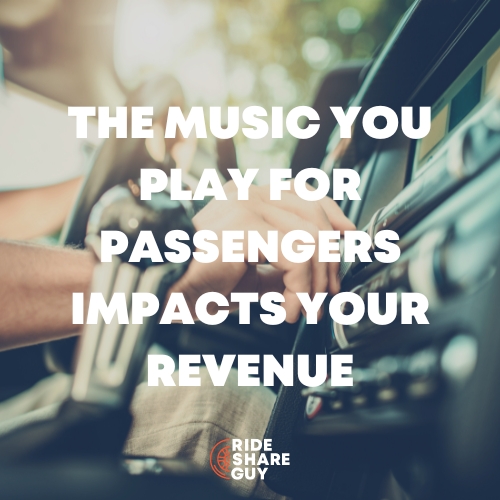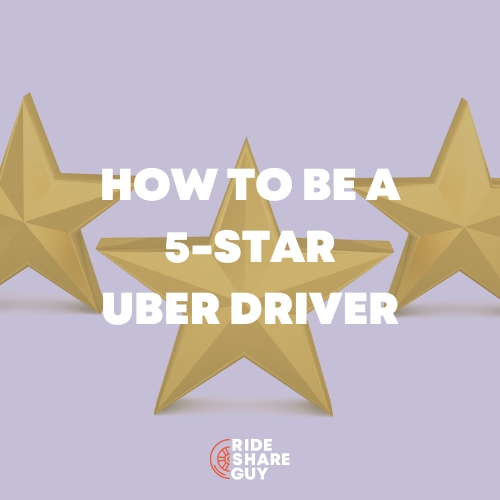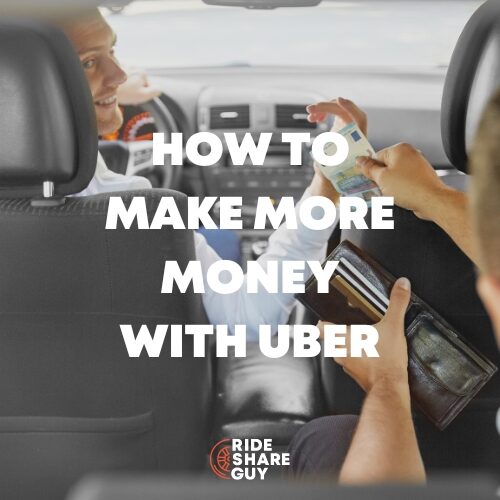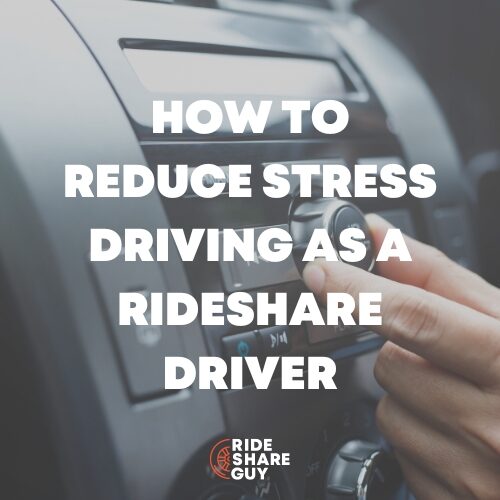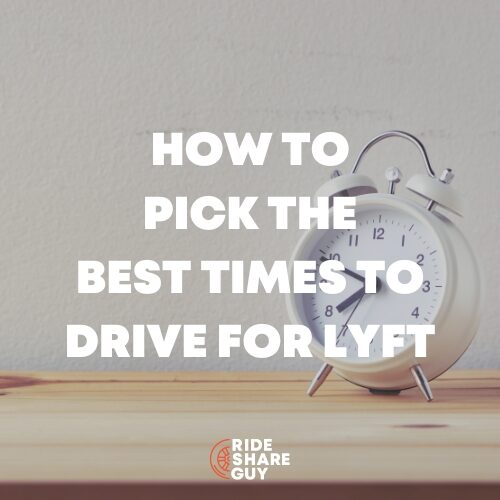Do you have questions for RSG? Get them answered in real time over at Twitter – today, senior RSG contributor Joe Pierce is answering all your rideshare-related questions here!
As an Uber driver or Lyft driver, is it smarter (aka more profitable) to take long rides than it is to take short rides? It depends on your market, and today senior RSG contributor Jay Cradeur breaks down the strategies you need to know to make more in less time.
You asked, we answered! You can now get Rideshare Guy merchandise (t-shirts, hoodies, and more) here at our RSG Official Merchandise store. Let us know what you think!
Since I began driving nearly 3 years ago, I have focused on doing a huge number of rides. My current ride count is 21,827.
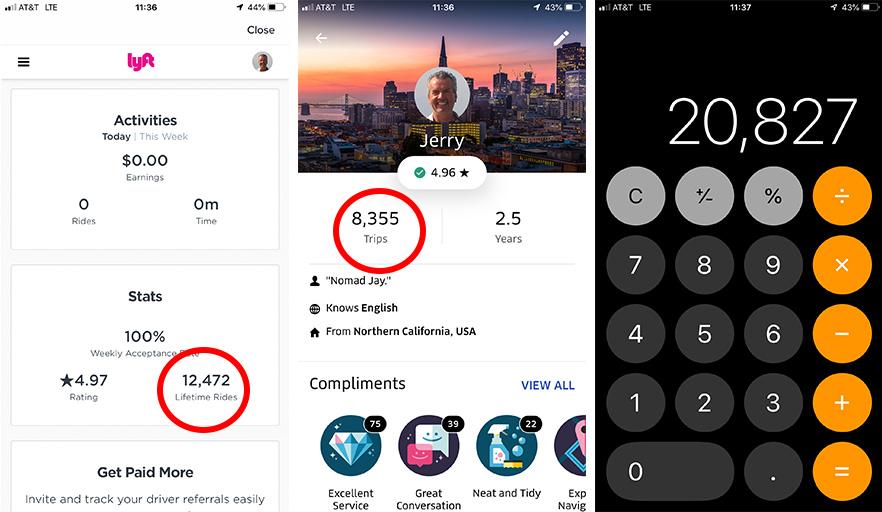
Even if I drove every week of the year for 6 days per week, that is an average of 25 rides per day. But it wasn’t until the beginning of this year that I began to look at my driving in a different way.
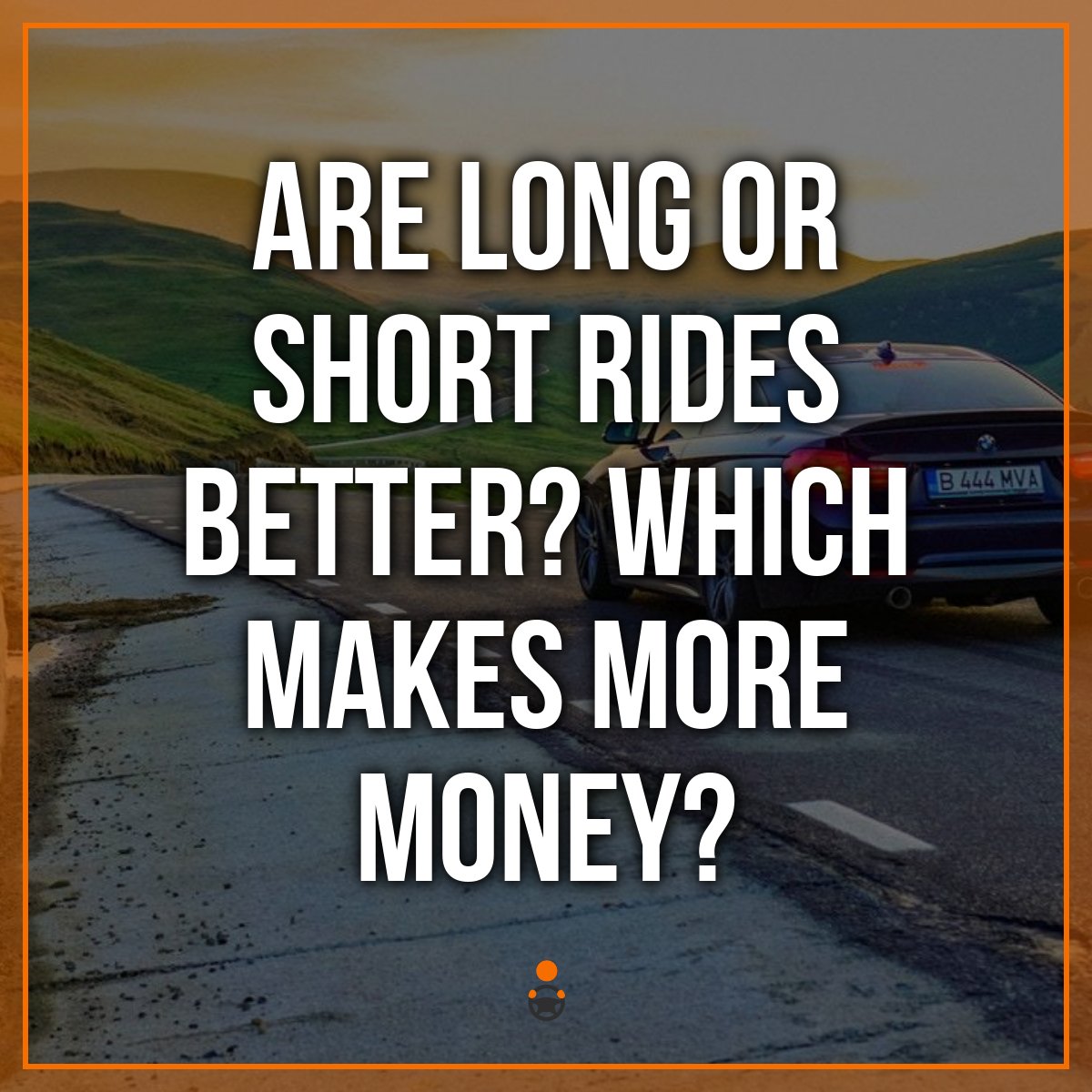
Uber’s Six Week Deactivation
In December 2017, Uber deactivated me for six weeks due to a technical glitch. While Uber apologized for the mistake, and awarded me $1,000 for the error, I still felt I had been wronged and consequently I started to put more focus on Lyft. Frankly, since the beginning of this year, I don’t think I have done more than a few hundred rides with Uber. My primary focus has been Lyft.
Change in Goals
Up until the deactivation extravaganza, I had focused on trips, and earning bonuses from both Uber and Lyft. Now I had to change my approach while either maintaining or improving upon my dollar per hour earnings during a 50-hour week. As it turned out, I was able to improve upon my previous earnings while driving less, all due to the distinction between long and short rides.
When to Focus on Short Rides
Lyft’s current Weekly Ride Challenge here in SF requires 165 rides to earn $423. Some drivers have told me that their bonus was knocked down to $350 for 165 rides in San Francisco. I continue to find it irritating that we all have different bonus structures based on who knows what.
Regardless, at this time my number is 165 rides. There are certain times of the day when it only makes sense to do short rides. Those times are during morning and afternoon rush hours. This is the time when many commuters use Lyft’s Shared service, which allow me to do one trip and earn multiple rides toward my bonus. For example, here is a ride in which I had 3 passengers all going to the same destination.

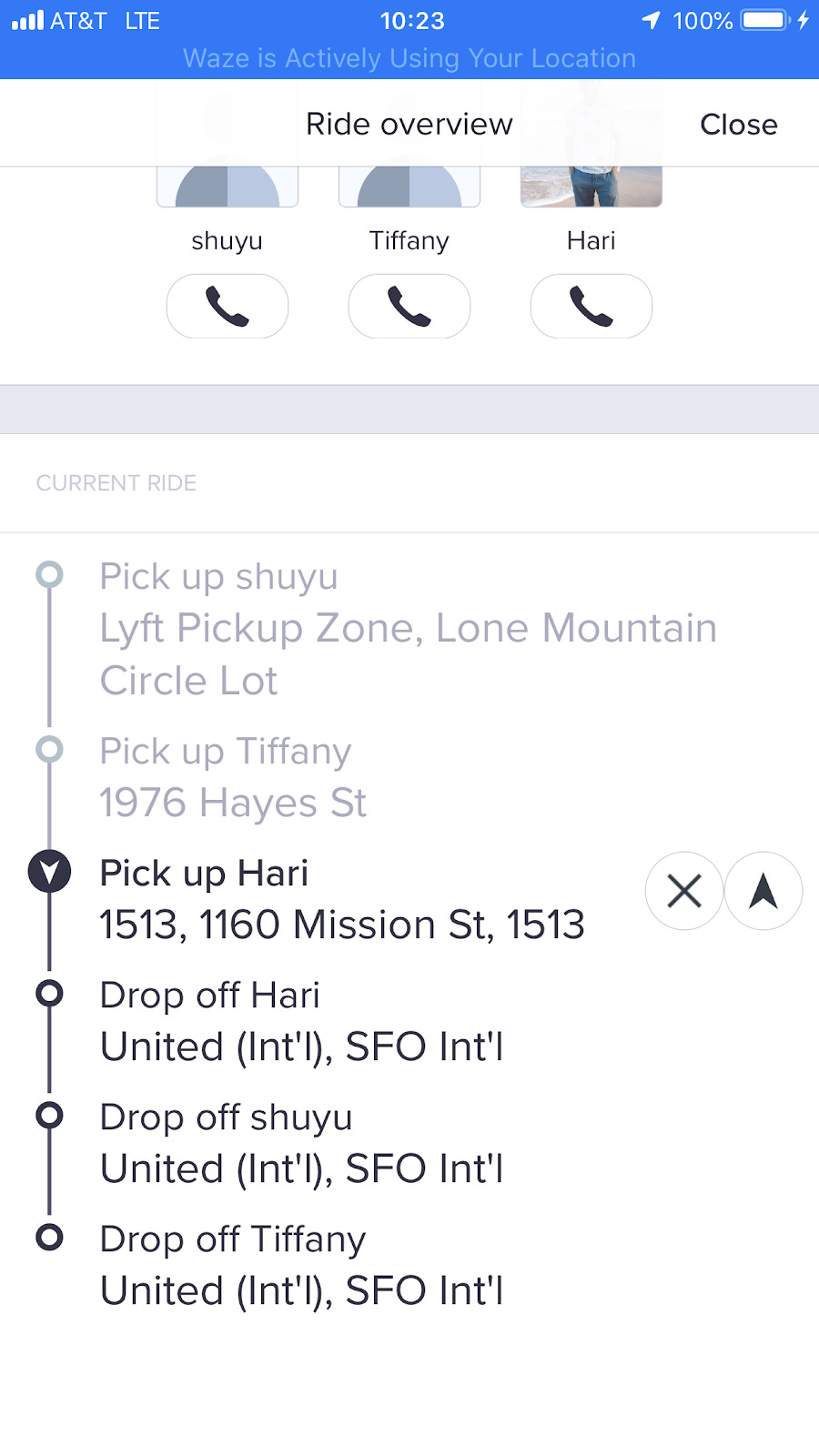
During rush hour, traffic on the freeways can be thick. There is rarely a good reason to venture out of the city. Rush hour is for short rides that move me closer to my bonus goals.
When to Focus on Long Rides
This was a game changer for me. It wasn’t until I did the math that I realized I had been ignoring a real gold mine. These are the numbers.
When I sit in traffic, I make 18 cents per minute, or $10.80 per hour. However, when I am driving at 70 MPH down the freeway for an hour, I am earning ~$1.30 per minute (based on a per mile rate of $1.33 for Lyft), or $78 per hour. That is a ratio of nearly 1 to 8. Clearly, if I can get a long ride during times of low traffic, I should always take it.
Deadheading
Earlier this week, I had two long rides to Sacramento. I earned $140 (with tips) on each ride, which took approximately 90 minutes a piece.
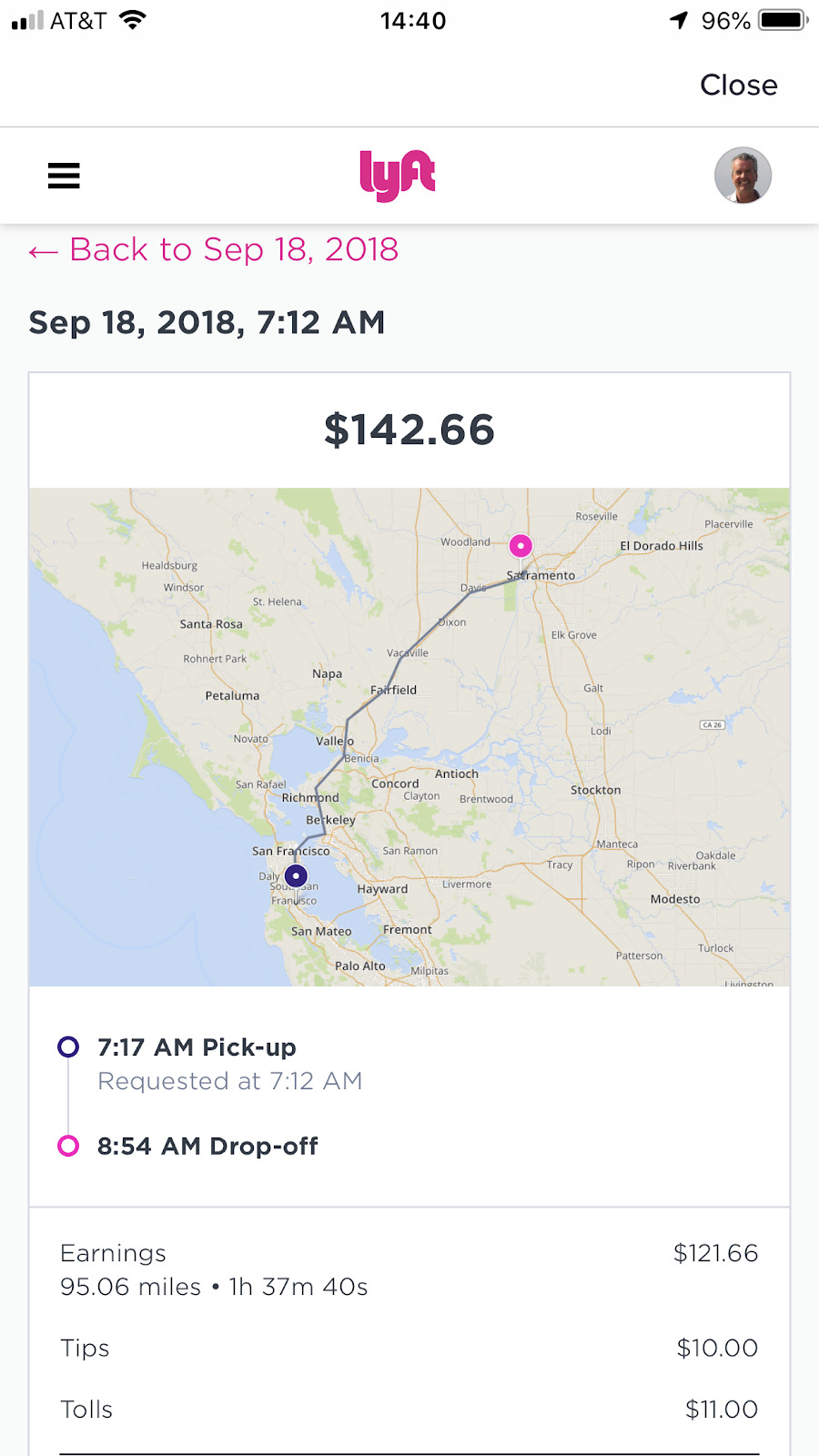
I was able to pick up a few short rides on the way back, but let’s assume I did not. I drove for three hours in total and earned $140. I still earned $46.66 per hour. Long rides in low traffic always pay off.
Putting The Odds In Your Favor
Now that my ride goal was only 165 (instead of 165 plus an Uber bonus), I needed to figure out how to get more long rides. My goal was now to fit 165 rides in my 50-hour work week. This is where I began experimenting with the destination filters, particularly on the weekends.
On the weekend, there are two factors at play which benefit the driver. First, traffic is much lighter. There are no rush hours on Saturday and Sunday. This is especially true in the mornings, before noon. Second, more people are looking for long rides. There are fewer work commuters. There are more people going to the airport, or heading off to another city to visit a friend or family.
Essentially, I set the filter from one end of the bay to the other. I will start in San Francisco, and point my filter to San Jose, and then back again. Sometimes, I get to the airport, and then I get rides to other areas as well. This map shows the four most common routes.
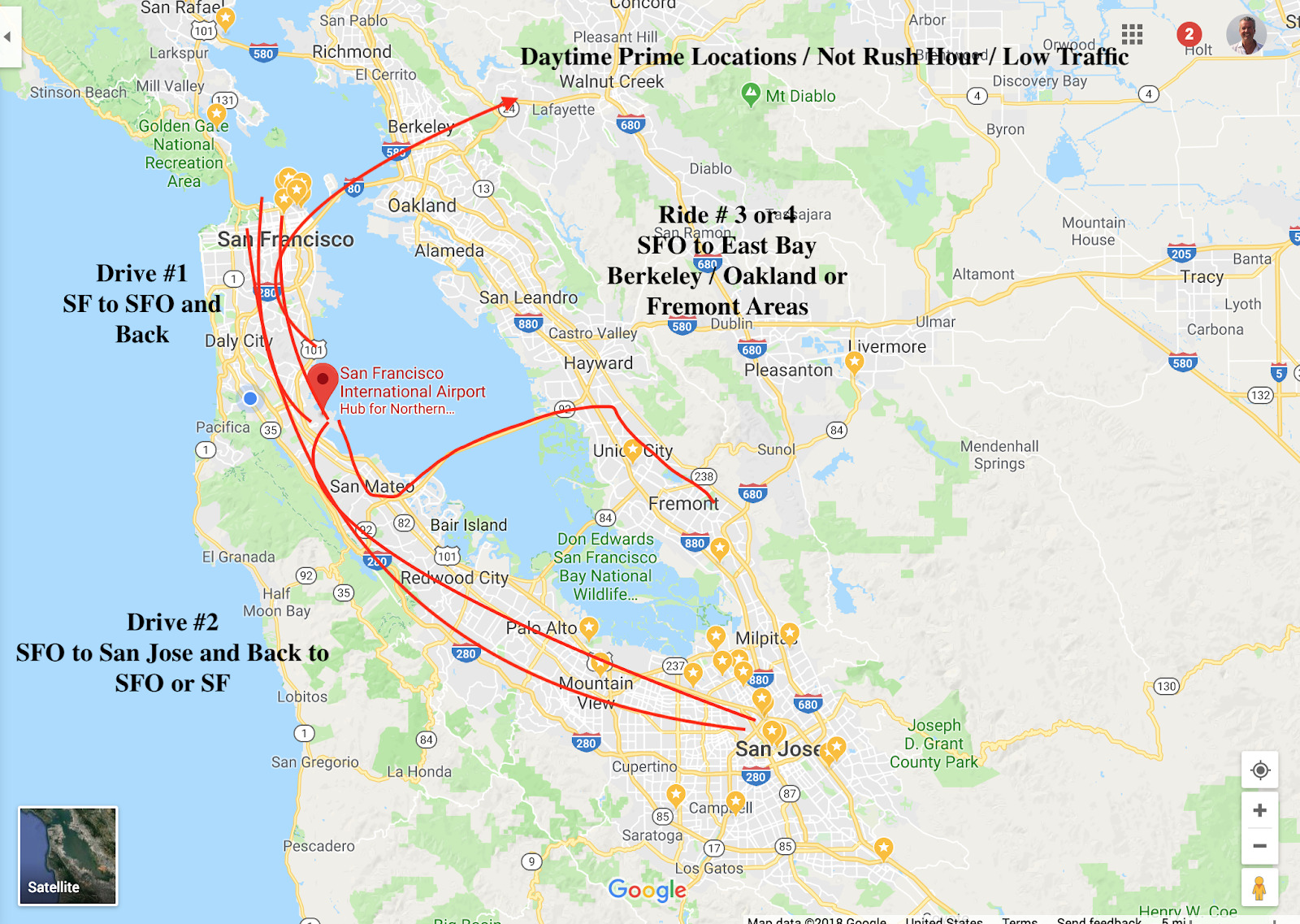
This strategy has allowed me to get multiple long rides in a day, which really jacks up my per hour earnings. It is not uncommon to earn over $300 in an eight hour day on Saturday or Sunday. I only wish I had figured this out 2 year ago. I can’t imagine how much money I passed up going for all those short rides.
How Will You Use This Information?
I have shared with you an important distinction for rideshare drivers. How you use this information depends on whether you are a full time or part time driver, the specific nature of your market, and the bonuses that are available to you. I sure do love those long rides now that I realize how much more money I am making on them. It’s great to feel the open road. Be safe out there.
Drivers, do you prefer long rides, short rides or both in your market? Which one is more lucrative?
-Jay @ RSG


